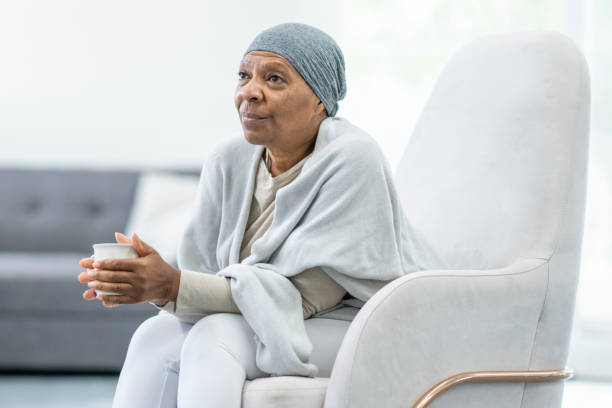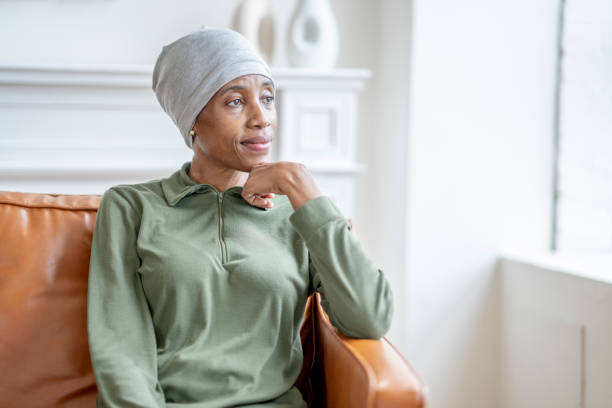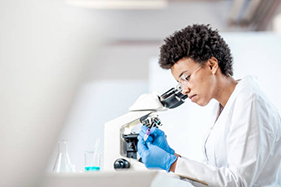Cervical cancer is a significant health concern, particularly for women. By understanding its causes, symptoms, and preventive measures, you can take steps to safeguard your health and well-being.
What is Cervical Cancer?
Cervical cancer originates in the cervix, the lower part of the uterus that connects to the vagina. This type of cancer is often linked to the human papillomavirus (HPV), a prevalent sexually transmitted infection. HPV can lead to changes in the cervical cells that might eventually develop into cancer if left untreated.
Recognizing the Symptoms
Early detection is crucial for effective treatment, so it’s important to be aware of the symptoms associated with cervical cancer. Watch out for:

- Vaginal Bleeding: This includes bleeding after intercourse, between menstrual periods, or after menopause.
- Discharge: Look for watery or bloody discharge that might be heavy and have an unusual or foul smell.
- Pelvic Pain: Persistent pelvic pain or pain during intercourse can also be a sign.
These symptoms may not always indicate cancer but should be evaluated by a healthcare provider if they occur.
Key Risk Factors
Understanding the risk factors can help in taking preventive measures. Key factors include:

- Multiple Sexual Partners: Having numerous sexual partners increases the risk of HPV infection.
- Early Sexual Activity: Starting sexual activity at a young age can increase the likelihood of HPV exposure.
- Sexually Transmitted Infections (STIs): Other STIs can elevate the risk of cervical cancer.
- Weakened Immune System: Conditions or medications that compromise your immune system can increase susceptibility.
- Smoking: Tobacco use is strongly linked to squamous cell cervical cancer.
Prevention Tips
Prevention plays a vital role in reducing the risk of cervical cancer. Here’s what you can do:
- Get Vaccinated: The HPV vaccine is a powerful tool in preventing the types of HPV responsible for most cervical cancers. It’s recommended for preteens, teens, and young adults, but adults up to 45 can also benefit from vaccination.
- Regular Screenings: Routine Pap smears and HPV tests are crucial for early detection. Pap tests can identify precancerous changes in cervical cells, which can be monitored or treated before they develop into cancer. HPV testing can detect the presence of high-risk HPV strains.
- Practice Safe Sex: Using condoms and reducing the number of sexual partners can lower the risk of HPV infection and other STIs.
- Quit Smoking: If you smoke, quitting is one of the best things you can do for your overall health and to reduce your risk of cervical cancer.
- Taking these steps seriously can significantly impact your health and help prevent cervical cancer. Regular check-ups with your healthcare provider and being proactive about your health are key to staying safe.
Taking Action Today
By educating yourself and taking preventive measures, you can protect yourself from cervical cancer. Stay informed, get vaccinated, and maintain regular screenings to ensure your health is in check. Remember, early detection and prevention are your best defenses.
If you have concerns or need more information, don’t hesitate to consult with a healthcare professional. Your health is your most valuable asset—take action today to protect it.


